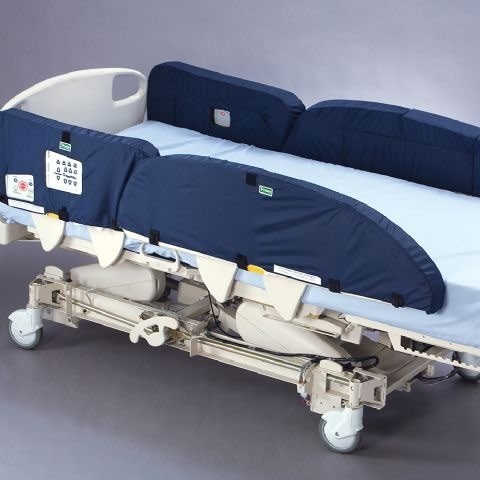A nurse is providing change-of-shift report for a client who has heart failure. Which of the following information should the nurse notinclude in the report?
The client's most recent blood pressure reading was 110/60 mm Hg.
The client's morning laboratory results included a potassium level of 4.9 mg/dL.
The client has +2 pitting edema in the lower extremities.
The client's partner assisted them with their meal tray.
The Correct Answer is D
The client's partner assisting them with their meal tray (option d) is not as important as the other information and may not need to be included in the change-of-shift report.
A nurse providing change-of-shift report for a client who has heart failure should include all of the above information in the report.
The client's most recent blood pressure reading, morning laboratory results, and presence of pitting edema in the lower extremities are all important pieces of information that the incoming nurse should be aware of.
Nursing Test Bank
Naxlex Comprehensive Predictor Exams
Related Questions
Correct Answer is B
Explanation
b. Seizure pads
Explanation:
The nurse should place seizure pads in the client's room when admitting a client with bacterial meningitis. Bacterial meningitis is an infection that affects the meninges, the protective membranes covering the brain and spinal cord. It can cause inflammation and swelling of the brain, leading to an increased risk of seizures.
Seizure pads are specifically designed to provide a cushioning and protective barrier between the client's head and the hard surface, reducing the risk of injury during a seizure. They are placed on the bed or matress to help prevent head trauma or other injuries that may occur if a seizure occurs.
Now, let's discuss why the other options are not necessary for the client with bacterial meningitis:
a. Oral irrigating device:
An oral irrigating device is not necessary for a client with bacterial meningitis. Bacterial meningitis primarily affects the central nervous system and does not require oral care interventions. The focus of care for these clients is on managing the infection, monitoring vital signs, and providing supportive care.
c. Sterile gloves:
While sterile gloves are commonly used in healthcare settings, they are not specifically required for the care of a client with bacterial meningitis. Standard precautions, including the use of non-sterile gloves, are sufficient for providing care to these clients. Sterile gloves are typically used for invasive procedures or when there is a need to maintain a sterile field.
d. Tongue blade:
A tongue blade is not necessary for the care of a client with bacterial meningitis. Tongue blades are typically used for oral assessments or when examining the throat, which are not directly related to the management or treatment of bacterial meningitis. The focus of care for these clients is on infection control, monitoring for complications, and providing comfort and support.
In summary, when admitting a client with bacterial meningitis, the nurse should prioritize placing seizure pads in the client's room to ensure their safety during potential seizure activity.

Correct Answer is A
Explanation
Delegating tasks involves assigning appropriate responsibilities to assistive personnel based on their level of training, competency, and scope of practice. Performing indwelling urinary catheter care is a task that can be safely delegated to an AP who has received proper training and demonstrated competency in this skill. The nurse should ensure that the AP is familiar with the facility's policies and procedures regarding catheter care and can perform the task safely and effectively.
Demonstrating how to use an incentive spirometer requires specialized knowledge and the ability to provide clear instructions. It is typically within the scope of practice of licensed healthcare professionals, such as nurses or respiratory therapists, who have the necessary expertise to properly educate and guide patients in using an incentive spirometer. This task should not be delegated to an AP.
Measuring and assessing the depth of a pressure injury requires clinical judgment and accurate evaluation, which falls within the scope of practice of a licensed nurse. It involves understanding wound assessment, proper technique for measuring depth, and interpreting the findings. This task should be performed by the nurse rather than an AP.
Changing the appliance on a new colostomy involves skills such as assessing the stoma, selecting the appropriate appliance, and ensuring proper application. This task requires specialized knowledge and training in stoma care, and it should be performed by a licensed nurse who has the expertise in managing ostomies. It should not be delegated to an AP.
Whether you are a student looking to ace your exams or a practicing nurse seeking to enhance your expertise , our nursing education contents will empower you with the confidence and competence to make a difference in the lives of patients and become a respected leader in the healthcare field.
Visit Naxlex, invest in your future and unlock endless possibilities with our unparalleled nursing education contents today
Report Wrong Answer on the Current Question
Do you disagree with the answer? If yes, what is your expected answer? Explain.
Kindly be descriptive with the issue you are facing.
